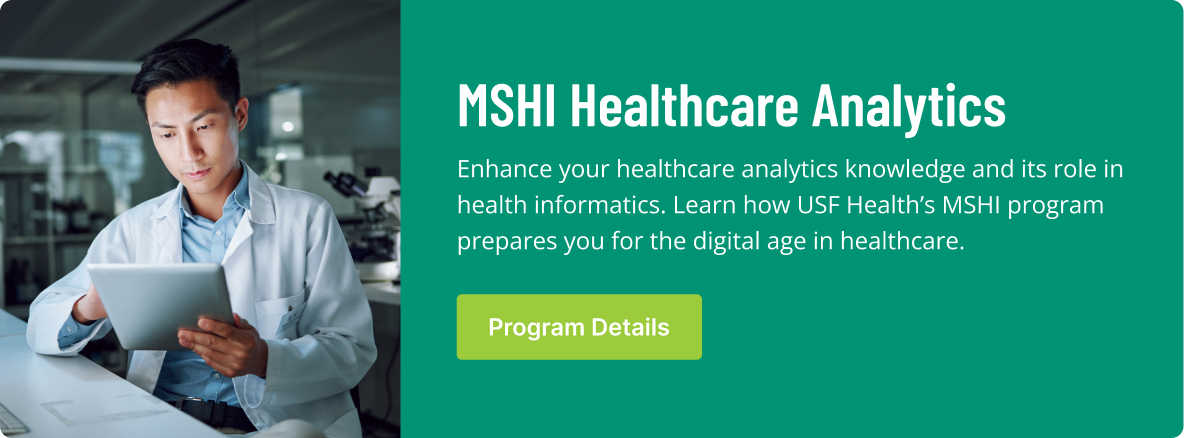Big Data technology has no shortage of benefits for healthcare. Providers can access a patient’s entire medical history in a few clicks on a handheld device and processes from diagnosis to billing are streamlined, increasing both speed and accuracy.
Some healthcare organizations, however, are unable to maximize the potential provided by Big Data. The problem: legacy (read: old) IT infrastructure is oftentimes unable to handle the demands of big data.
A Canadian government study pointed out several issues legacy IT infrastructure can create for healthcare organizations. Among them:
- Disruption of service: Older systems are more prone to instability from component failure, which can interrupt service
- Security vulnerability: Legacy systems may no longer be supported by vendors, meaning no fixes or patches when new security weaknesses are revealed
- Compliance: Older systems may not have the capacity to comply with new regulations
- Data access: Accessing data on older systems can be a cumbersome and difficult process
- Maintenance costs: Aging systems are far more expensive to keep running. In addition, fewer service providers are able to work on older systems
“We’re missing the data, we’re missing the real-time information, we’re missing the forecasting methods. And we’re missing the consumer tools that feed back to the patient to inform us about what’s happening around us,” John Brownstein of Boston Children’s Hospital told the website CIO.com.
The solution seems to be a combination of data analytics, artificial intelligence (computer systems that perform tasks normally done by humans) and machine learning (computer systems that learn and improve performance with experience).
As in most industries, healthcare has gained access to a flood of new information in recent years. While that creates great potential for everything from better patient outcomes to lower medical costs, the amount of data that must be studied is far greater than anything that could be tackled by humans.
With AI and machine learning, though, computer systems can sort through massive amounts of data revealing patterns and predicting patient outcomes which can enhance disease diagnosis, inform treatment plans and improve public health and safety.
While plenty of new technology has been introduced to help healthcare organizations solve their data problems, it’s important for these organizations to assess needs and decide which ones to tackle first before opening up the checkbook. In other words, healthcare leaders need to have a plan.
Each department within an organization will have issues it wants to address and, of course, each team’s issue demands immediate attention.
Bharat Rao of consulting firm KPMG Advisory Services, offers an example in an article on the Health IT Analytics website. Rao was working with a large healthcare company to set up a population health management program.
“The first thing we did was interview the C-suite and identified 14 teams that would likely be involved in the project. They came up with 118 processes and operational changes that they wanted,” Rao said. “The budget would have been a billion dollars.”
Rao and his team helped the company whittle their wish list down to seven imperatives that provided a workable map of what was actually needed.
“Before you spend a dime on any technology, you have to step back and look at your roadmap before you start investing in little bits and pieces if you want to achieve real success,” Rao said.




